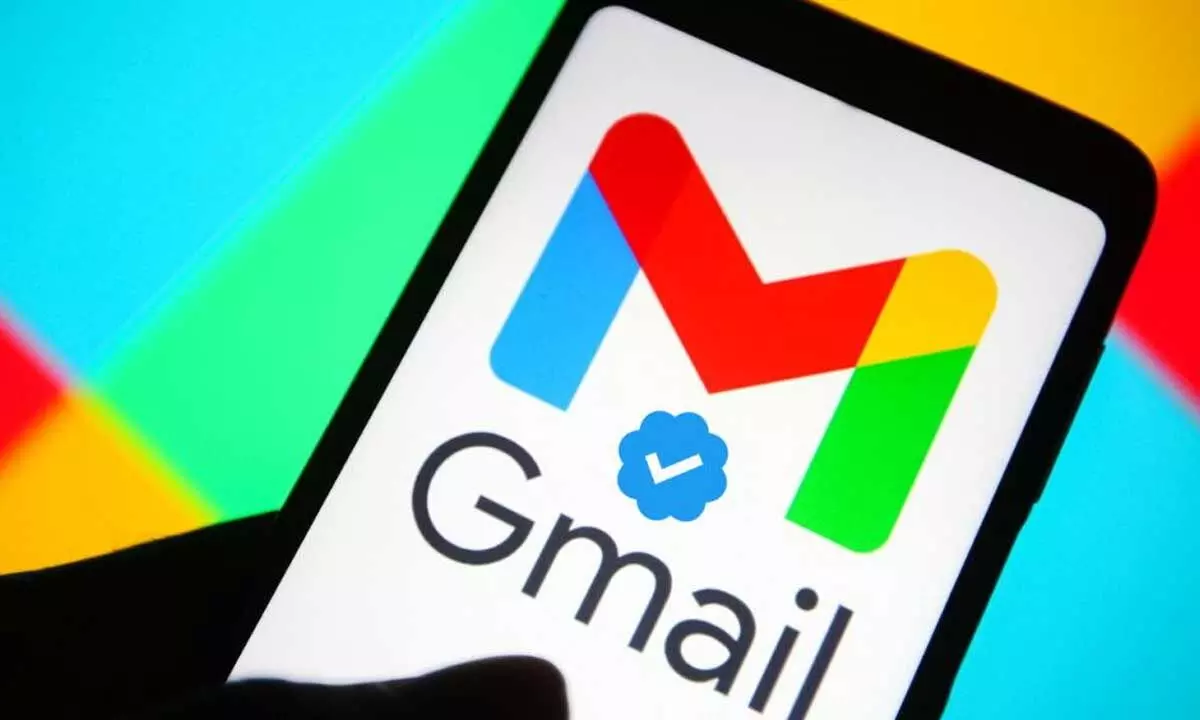Gmail introduces Blue Tick to curb phishing emails and verify senders

Gmail introduces Blue Tick to curb phishing emails and verify senders
To keep phishing attacks at bay, Google has announced that it will display a blue check mark next to the sender's name to verify their identity and reduce scams.
Google has finally addressed the problem that has been plaguing Gmail users for a long time. To keep phishing attacks at bay, Google has announced that it will display a blue check mark next to the sender's name to verify their identity and reduce scams. This follows Twitter, which has been displaying blue badges for verified accounts for some time.
The blue checkmark is free at this time and will be available to all Google Workspace customers, former G Suite Basic and Business customers, and personal Google account users. The feature was implemented as an extension to the Brand Indicators for Message Identification (BIMI) feature that was released to Gmail in early 2021.
As per Google, the blue checkmark will help users identify legitimate messages from phishing users, as companies that have adopted BIMI will automatically receive the checkmark. Strong email authentication helps users and email security systems identify and stop spam and also allows senders to leverage your brand trust. This increases trust in email sources and gives readers an immersive experience, creating a better email ecosystem for everyone.
The blue checkmark is Google's way of giving users an extra layer of protection against spammers and scammers. It will help users to have more confidence in the messages they receive, which is vital in today's digital age. As many companies adopt BIMI, the blue check mark will become more and more common in users' inboxes.
By contrast, other social media platforms are testing payment verification options. Like, Meta is testing paid verification for Facebook and Instagram, which includes a verified badge, increased visibility across the platforms, prioritized customer support, and more. The feature launched in Australia and New Zealand in February and is coming to more countries soon. Twitter also offers paid verification options, which have been controversial in some quarters. Elon Musk removed all the legacy blue badges on Twitter and now charges individual users and organizations for blue and gold badges.


















